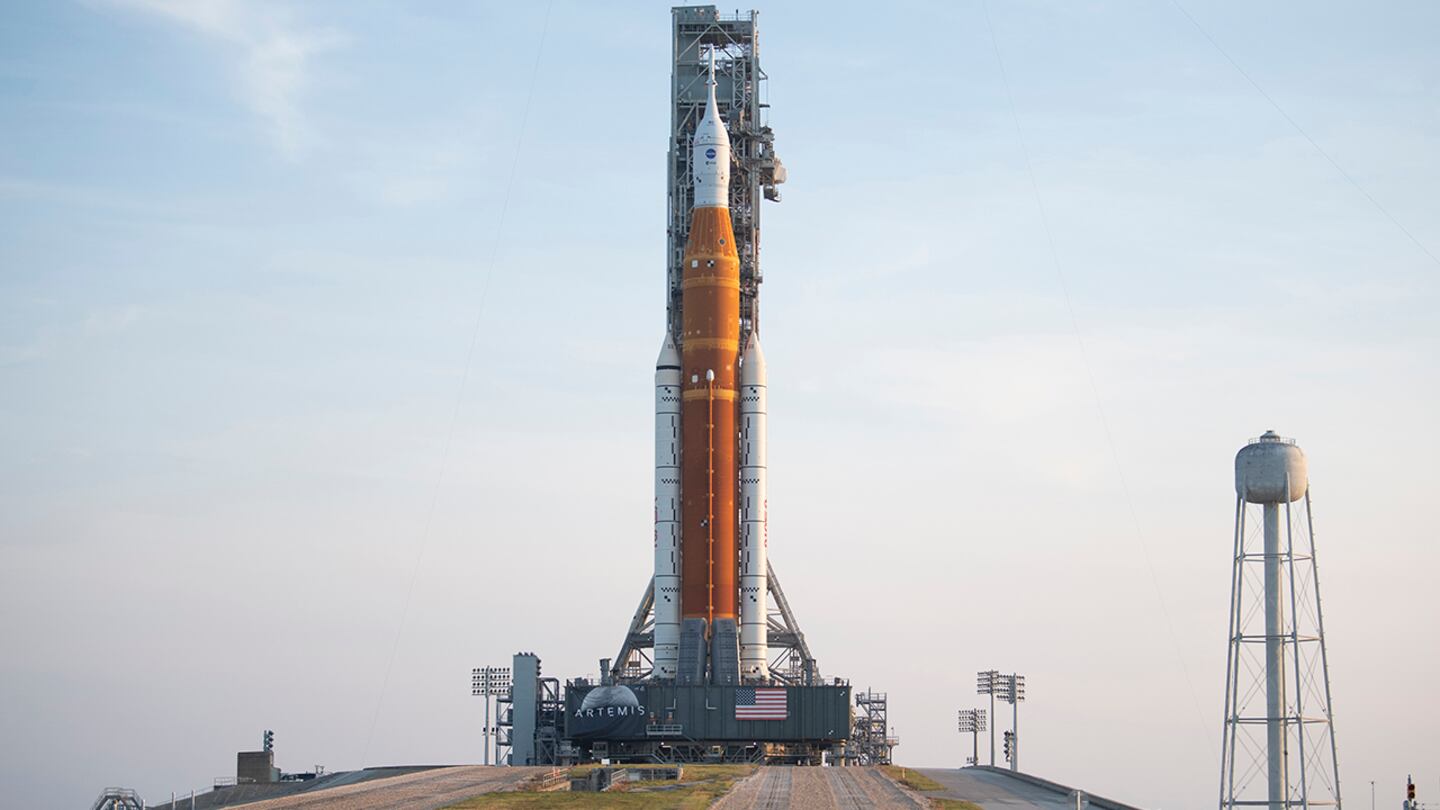BREVARD COUNTY , Fla. — When the Artemis I rocket launches from Kennedy Space Center’s Launch Complex 39B, it will be the first in a series of missions to return humans to the Moon.
Here are nine things about the Artemis I and its mission to help return humans to the moon:
1. The Space Launch System is the most powerful rocket in the world.
The SLS will produce 8.8 million pounds of thrust at launch. That is 1.3 million pounds more than the Saturn V.
2. The SLS is heavy.
Once fully loaded, the combined weight of the SLS and Orion spacecraft is a whopping 5.75 million pounds or roughly 2,875 tons.
3. It is also very tall.
At 322 feet, the SLS is 138 feet taller than the space shuttle. However, it is the second-tallest rocket flown by NASA. The top honor goes to the massive Saturn V of the Apollo program, at 363 feet tall.
🟢 Engines
— NASA_SLS (@NASA_SLS) August 23, 2022
🟢 Solid Rocket Boosters
🟢 Core Stage
🟢 Launch Vehicle Stage Adapter
🟢 Interim Cryogenic Propulsion Stage
🟢 Orion Stage Adapter
Get familiar with all the parts of the SLS rocket before launch by checking out our "Clickable Rocket" >> https://t.co/r8FgfdcDQm pic.twitter.com/iD5kohW8h5
Read: More visitors expected on Space Coast as Artemis I launch bumped to Labor Day weekend
4. It is fast.
After launch, the SLS and Orion spacecraft will reach speeds of 22,670 mph. That’s just over 29 times the speed of sound.
5. The SLS will be able to lift some serious weight.
Try 27 tons — that’s 5 tons more than the space shuttle.
6. It will go very far.
The Artemis mission will be the furthest any exploration class spacecraft has ever flown since Apollo flew roughly 280,000 miles from Earth.
Read: What you should know about the Artemis lunar program
7. Did we say it was fast?
After completing its mission around the moon, the Orion spacecraft will return to Earth faster and hotter than any other spacecraft before. On its return, Orion will reach speeds of 25,000 mph and produce temperatures of nearly 5,000 degrees.
8. From start to finish
After splashdown, the Orion spacecraft would have flown almost 1.3 million miles, which is about 53 times around Earth.
9. Launch day
The launch of Artemis I is scheduled for Sept. 3, with a two-hour launch window begining at 2:17 p.m
TIMELINE: NASA scrubs launch of Artemis I due to technical issues with engine
You can watch the launch of Artemis I LIVE here and on Channel 9.
Click here to download the free WFTV news and weather apps, click here to download the WFTV Now app for your smart TV and click here to stream Channel 9 Eyewitness News live.
©2022 Cox Media Group










